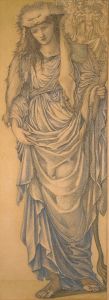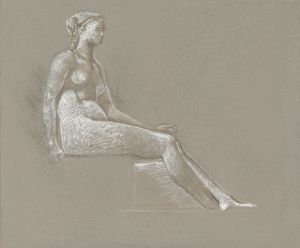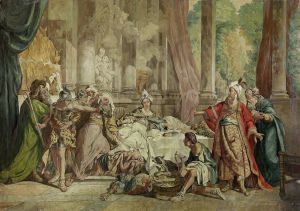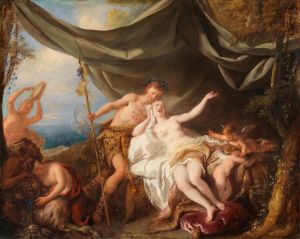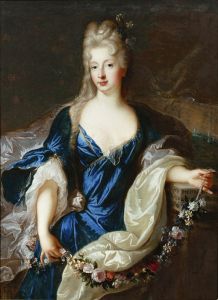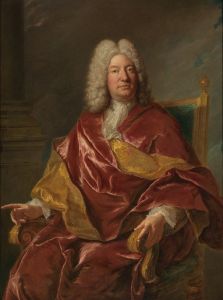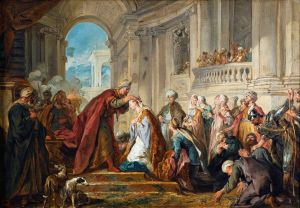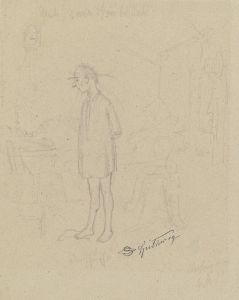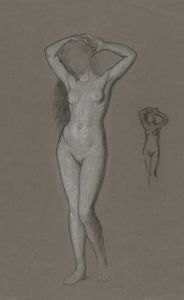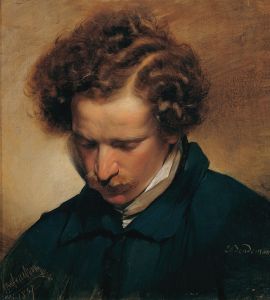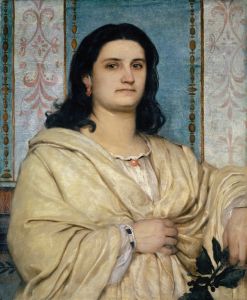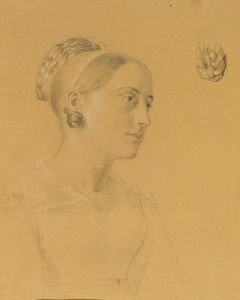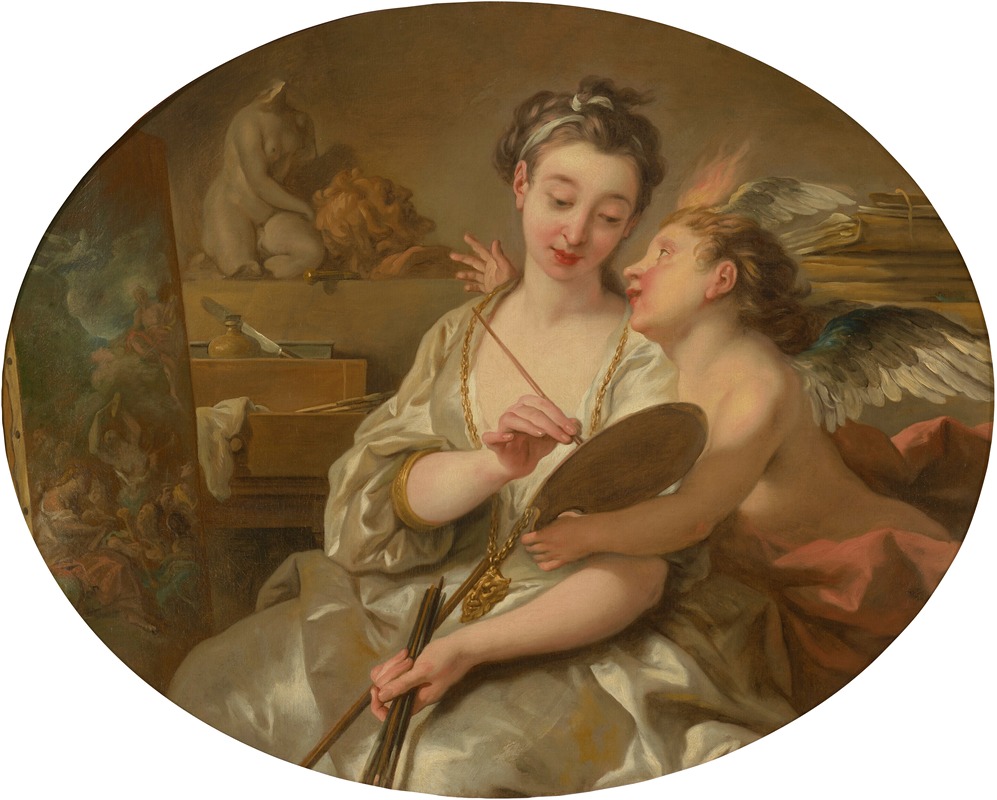
Allegory of painting
A hand-painted replica of Jean-François de Troy’s masterpiece Allegory of painting, meticulously crafted by professional artists to capture the true essence of the original. Each piece is created with museum-quality canvas and rare mineral pigments, carefully painted by experienced artists with delicate brushstrokes and rich, layered colors to perfectly recreate the texture of the original artwork. Unlike machine-printed reproductions, this hand-painted version brings the painting to life, infused with the artist’s emotions and skill in every stroke. Whether for personal collection or home decoration, it instantly elevates the artistic atmosphere of any space.
Jean-François de Troy (1679–1752) was a prominent French Rococo painter known for his historical and genre scenes, as well as his contributions to tapestry design. One of his notable works is "Allegory of Painting," which exemplifies his skill in combining allegorical themes with the Rococo style's characteristic elegance and decorative flair.
"Allegory of Painting" is an oil on canvas painting created by de Troy, though the exact date of its creation is not definitively recorded. The painting is an embodiment of the Rococo period's fascination with allegory and personification, where abstract concepts are represented through human figures and symbolic elements.
In "Allegory of Painting," de Troy depicts a female figure, traditionally interpreted as the personification of Painting. She is often shown holding a palette and brushes, tools of the painter's trade, which signify her role and the art form she represents. The figure is typically adorned in flowing, classical drapery, which adds to the timeless and idealized nature of the allegory.
The composition of the painting is carefully balanced, with the central figure of Painting often surrounded by various attributes and symbols that enhance the allegorical message. These may include elements such as a canvas, easel, or other artistic paraphernalia, which further emphasize the theme of artistic creation and inspiration.
De Troy's use of color and light in "Allegory of Painting" is characteristic of the Rococo style, with soft, pastel hues and delicate, intricate details that create a sense of grace and refinement. The light often plays a crucial role in highlighting the central figure and drawing the viewer's attention to the symbolic elements within the composition.
As a painter, Jean-François de Troy was highly regarded in his time, and his works were sought after by patrons across Europe. He was a member of the prestigious Académie Royale de Peinture et de Sculpture in Paris, where he held various positions, including that of director. His contributions to the arts extended beyond painting, as he also designed tapestries for the Gobelins Manufactory, one of the most renowned tapestry workshops in France.
"Allegory of Painting" reflects de Troy's mastery of the Rococo style and his ability to convey complex allegorical themes with clarity and elegance. The painting serves as a testament to the artistic ideals of the 18th century, where beauty, grace, and the celebration of the arts were paramount.
Today, Jean-François de Troy's works, including "Allegory of Painting," are appreciated for their historical significance and artistic merit. They offer insight into the cultural and artistic values of the Rococo period and continue to be studied and admired by art historians and enthusiasts alike.





